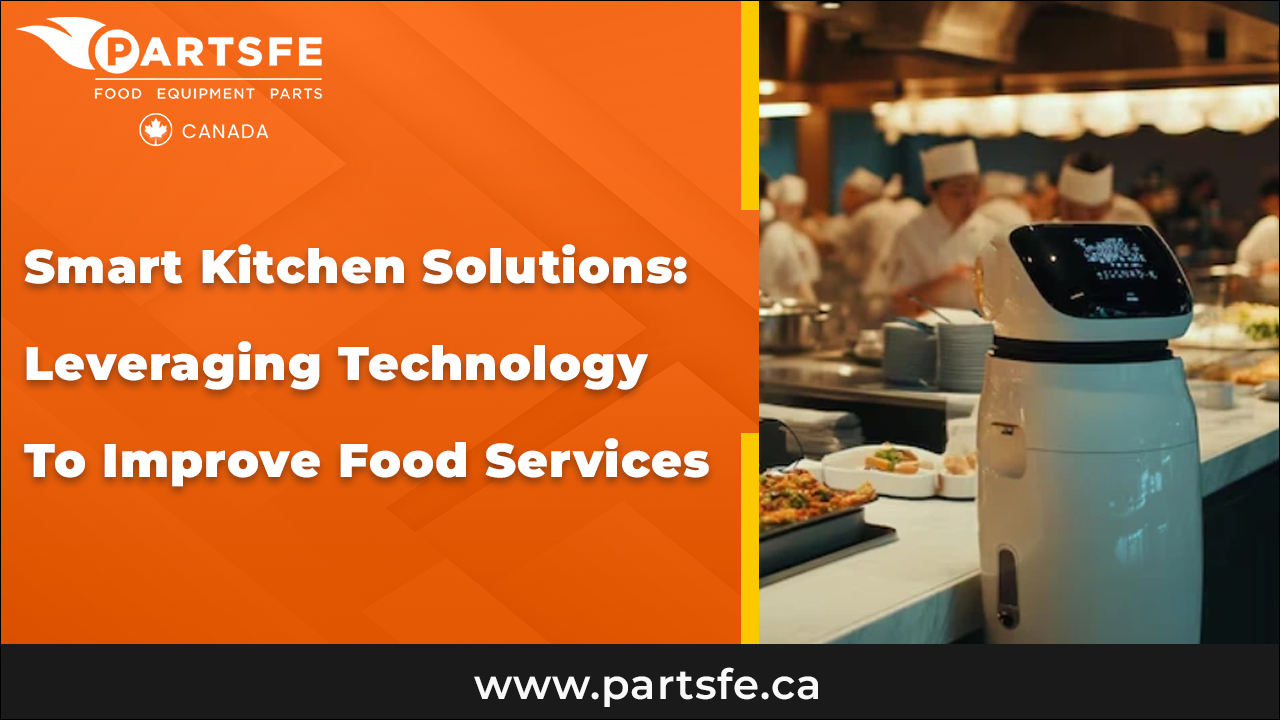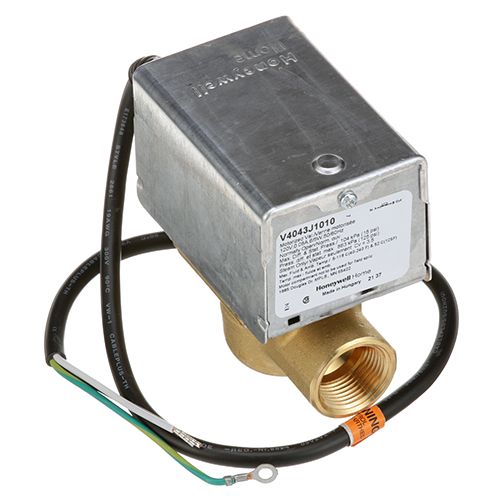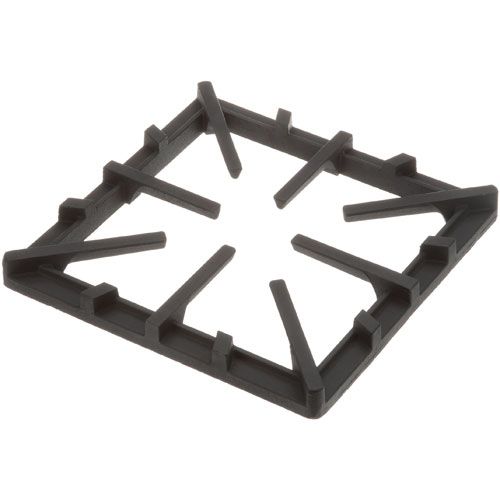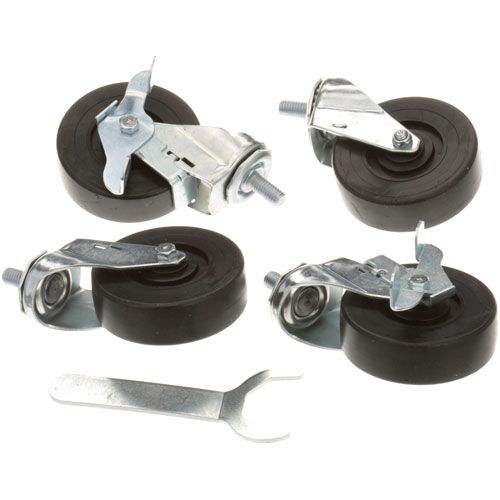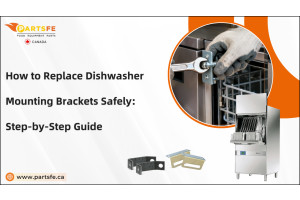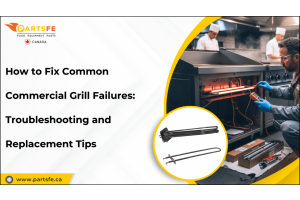Smart Kitchen Solutions: Leveraging Technology to Improve Food Services
In today’s rapidly evolving world, technology has penetrated almost every industry, reshaping the way businesses operate. The food service industry, in particular, has embraced technological innovations, improving operational efficiency, reducing costs, and enhancing customer experience. Smart kitchen solutions have emerged as game-changers in this space, leveraging technology to optimize workflows, improve food quality, and streamline various processes within kitchens. In this blog, we’ll explore how smart kitchen technology is revolutionizing the food service industry and providing immense value to operators, chefs, and customers alike.
Why are smart kitchens becoming more popular?
The trend toward smart kitchens has become prominent since consumers search for convenient and efficient technologies to enhance their daily routines. Mounted modern electronic devices combined with IoT systems and voice-operated systems now let users control cooking tasks with ease. These innovative products draw more consumers because they help users save time and minimize mistakes while making cooking operations more efficient. Remote preheating smart ovens along with food inventory tracking refrigerators and automatic dishwasher settings adjustments based on load volume provide smart kitchens with the highest levels of comfortable operation.
Through voice assistants such as Amazon Alexa or Google Assistant people can operate appliances and establish timer settings as well as obtain recipe recommendations without manual movements. Smart kitchens provide useful solutions to help people manage their time more efficiently because their lifestyles are becoming more hectic. These appliances help users become sustainable by implementing features that automatically reorder supplies and manage energy use efficiently in cooking processes. The widespread adoption of smart kitchens as a household trend continues to grow because people understand their numerous advantages.
For more insights on the latest trends and innovations in restaurant equipment and smart kitchen solutions, check out this restaurant equipment trends in the foodservice industry.
How can kitchen management software help chefs and managers make better decisions in real time?
Real-time decision-making in the kitchen sector has been transformed through the implementation of kitchen management software. Instant data access through this system enables better streamlined operations and higher efficiency. This technological system creates prompt well-informed choices which lead to improvements in both operational kitchen optimization and better customer satisfaction outputs.
-
Real-time inventory tracking: The system provides chefs and managers with real-time production level reports which track inventory stock and ingredient expiry dates simultaneously. Updated inventory data through this platform enables staff to prevent both stock excesses and crucial item shortages during service operations.
-
Improved communication: The software system delivers instant team-wide updates about orders and menu modifications and customer preference changes. The system enables better coordination between kitchen personnel who can better support front-of-house requirements to deliver faster and more precise service.
-
Efficient staff scheduling: The kitchen management software enables efficient staff scheduling through its advanced scheduling functions which allocate shifts based on live dining demand and busiest service periods. The software allows businesses to maintain appropriate staffing levels during peak hours thus minimizing labor expenses and avoiding both staff shortages and excess personnel.
-
Data-driven insights: Through data collection the system provides important operational analytics that help managers determine useful trends and boost efficiency and minimize kitchen waste. Using data-driven analysis allows the business to make wise operational decisions that reduce expenses and strengthen kitchen operations.
-
Recipe and menu adjustments: Through kitchen management software customers can change recipes and menus instantly according to current orders. Such functionality helps chefs deliver consistent quality throughout their service by adapting to sudden demands from customers.
Kitchen management software delivers automation of normal tasks alongside actionable insights to allow chefs and managers to optimize operations and productivity and uphold superior quality delivery.
How Does Technology Improve Kitchen Staff Efficiency?
Kitchen staff efficiency receives critical improvement through technological systems which automate routine tasks and enhance real-time insights as well as communication capabilities. Proper technological hardware enables kitchens to operate better through error reduction while saving crucial time. Technology implements several essential strategies which enhance kitchen staff operational efficiency.
-
Streamlined Inventory Management: A kitchen management system maintains inventory visibility in real time thus providing staff members with current stock information. The system prevents both stockout situations and excessive ordering which allows kitchen staff to prepare food without interruptions.
-
Smart Kitchen Appliances: Ultramodern kitchen systems featuring programmable ovens and cellular fridges along with robotic dishwashers lower work time and eliminate mistakes from human operation. Staff can manage these appliances remotely through programmed schedules which deliver consistent results while staff members dedicate their time to important tasks.
-
Efficient Order Management: Digital order systems enable effective communication between restaurant staff who work in different areas of the restaurant. The instant order transmission to the kitchen streamlines service times and decreases the chances of errors.
-
Improved Staff Scheduling: Modern staff scheduling technology helps businesses optimize kitchen personnel deployments according to actual customer demand thus preventing both peak and off-peak staffing challenges.
These technological solutions enable kitchen staff operation at peak effectiveness which leads to higher productivity levels and superior food quality and better customer satisfaction results.
What Role Does Energy Efficiency Play in Smart Kitchen Solutions?
The modern food service industry changes customer dining through advanced kitchen systems that improve both meal quality and guest connection speeds and individual interactions. The innovative technologies improve both kitchen workflow efficiency and customer dining satisfaction and experience. Smart kitchen technology delivers these benefits to customers through the following changes:
-
Optimized Appliance Performance: Fastened service becomes possible through automated cooking technologies which manage food production speed while minimizing waiting periods for customers. The shorter waiting times create happier customers particularly when many people visit the restaurant at once.
-
Energy Monitoring and Control: Smart kitchen equipment which includes temperature-controlled ovens with AI cooking systems offers organizations the advantage of maintaining steady food quality across all deliveries. The dependable quality of food subjects builds customer loyalty which stimulates their repeated visits to the establishment.
-
Automatic Power Management: Artificial Intelligence combined with data analytics allows restaurants to obtain customer preference data which consequently enables them to make individualized menu suggestions. By creating customized dining experiences through this technology companies earn better customer satisfaction results and increased customer loyalty statistics.
-
Eco-Friendly Cooking: Secure food handling occurs because IoT-based temperature sensors and automated cleaning platforms maintain optimal food preparation conditions which provide better food safety to customers.
Smart kitchen technology implementation enables food service businesses to deliver better dining experiences to customers resulting in loyal consumer base maintenance.
How Can Smart Kitchen Technology Transform the Dining Experience for Customers?
Modern kitchen technologies use advanced solutions to improve food quality during service and deliver faster operations with customized guest interface programs. The innovative technologies improve both kitchen workflow efficiency and customer dining satisfaction and experience. Smart kitchen technology delivers these benefits to customers through the following changes:
-
Faster Service and Reduced Wait Times: The combination of automated cooking systems together with real-time surveillance makes food preparation more effective which shortens service times. The shorter waiting times create happier customers particularly when many people visit the restaurant at once.
-
Consistent Food Quality: AI-powered cooking systems joined with temperature-controlled ovens enable restaurants to maintain regular food quality across each meal preparation. The dependable food quality system fosters customer trust which motivates them to return.
-
Personalized Dining: The combination of data analytics and artificial intelligence lets restaurants monitor client food choices so they can recommend specific menu items to each customer. The personalized dining experience that results from this technology enables both better customer satisfaction and stronger loyalty toward the dining establishment.
-
Improved Food Safety: The implementation of IoT temperature sensors and automated cleaning systems operates to maintain ideal food storage conditions which produces better safety outcomes for restaurant visitors.
Smart kitchen implementation enhances dining operations to provide consistent standardized service that attracts loyal customers who stay loyal to the business.
To learn how modern technologies, such as digital menu boards, are also transforming the dining experience in restaurants, check out this how digital menu boards are transforming restaurants.
The Future of Smart Kitchen Solutions in Food Services
Smart kitchen solutions deliver industrial changes to the food service industry because they boost operational effectiveness and customer satisfaction levels. Kitchens transform into efficient operations through the implementation of IoT appliances together with AI systems along with kitchen management software which produces both cost-saving and environmental advantages. The implementation of these technologies helps employees work more efficiently along with maximizing energy consumption and allowing for immediate inventory tracking.
Smart kitchens through their operative features deliver faster orders together with reliable food quality and customized dining options which create happy customers who remain loyal to the establishment. Through the implementation of these systems kitchen operations become more sustainable and operators can monitor energy consumption as well as manage waste reduction. The future of smart kitchens holds more potential for cost-efficient operations and new innovations because technology advancement continues to progress. Smarter kitchen technologies will remodel dining environments by establishing sustainability along with customer-focused dining practices for the future of food service.
Upgrade your kitchen with PartsFe CA’s top-quality restaurant equipment parts from ovens, ice machines to grills, dishwashers from trusted brands like Honeywell, Riello, and Johnson Controls. Explore our range of high-performance burners, thermostats, and energy-efficient components. Designed to optimize kitchen operations, our solutions ensure maximum efficiency and reliability. Enhance your kitchen’s performance today!
FAQs
What is the most efficient cooking appliance?
A slow cooker or crockpot is a pretty efficient way to prepare a whole meal and what's more, it requires minimal effort from you. To put it into perspective, the typical power use of a crockpot is only 230 watts, whereas a cooktop can use up to 2,200 watts and an oven approximately 1,900 watts.
What is the biggest energy user in the commercial kitchen?
The biggest energy user in a commercial kitchen is typically the oven or range, followed by dishwashers and refrigeration units. These appliances consume significant amounts of energy due to their constant use and high heat requirements during food preparation and storage.
How much power does a commercial kitchen use?
A commercial kitchen typically uses between 30 to 100 kWh of electricity per day, depending on its size and equipment. Energy consumption can vary based on appliance usage and operational hours.
How is technology changing the way we use our kitchen?
Smart kitchens are changing traditional ways of cooking, storing food, and cleaning up and increasing efficiency, comfort, and quality of life.

